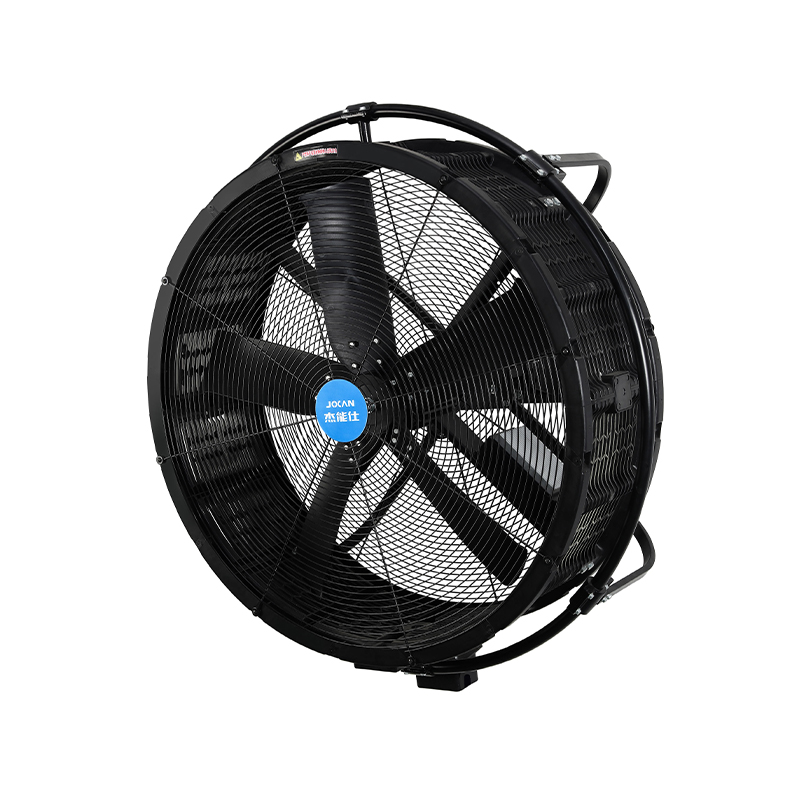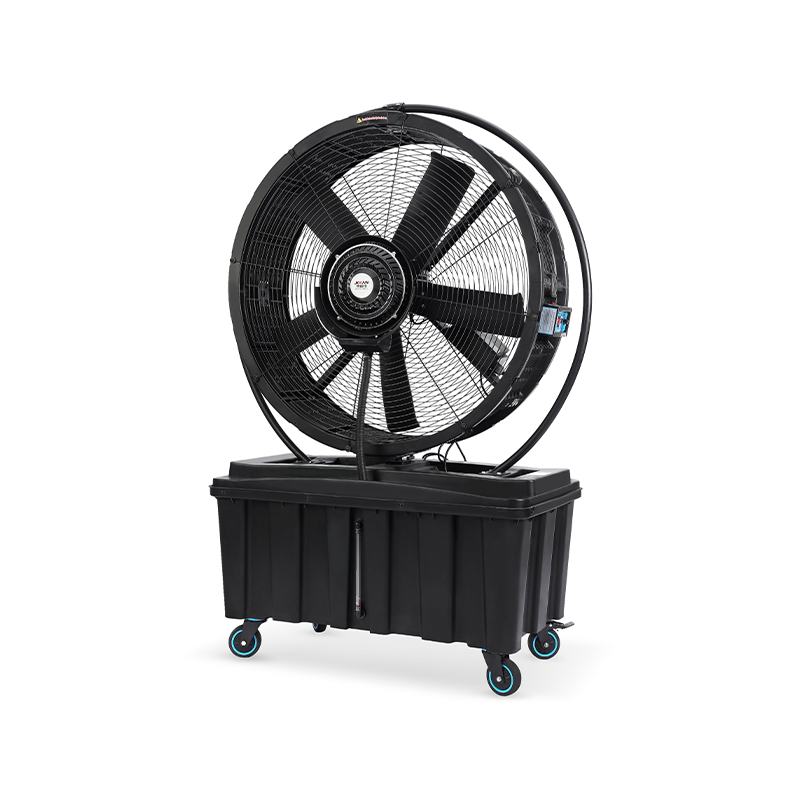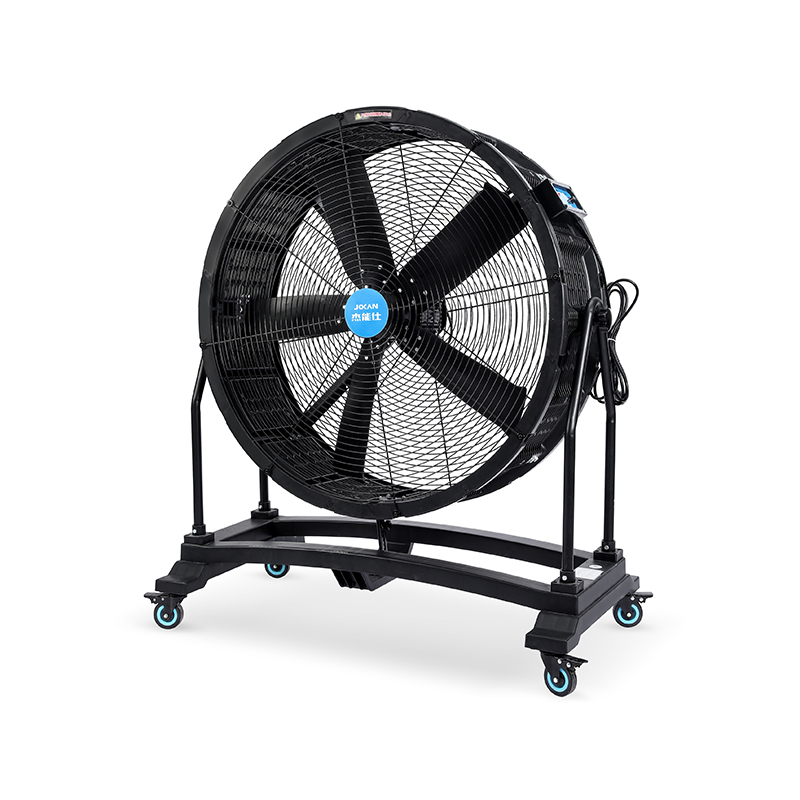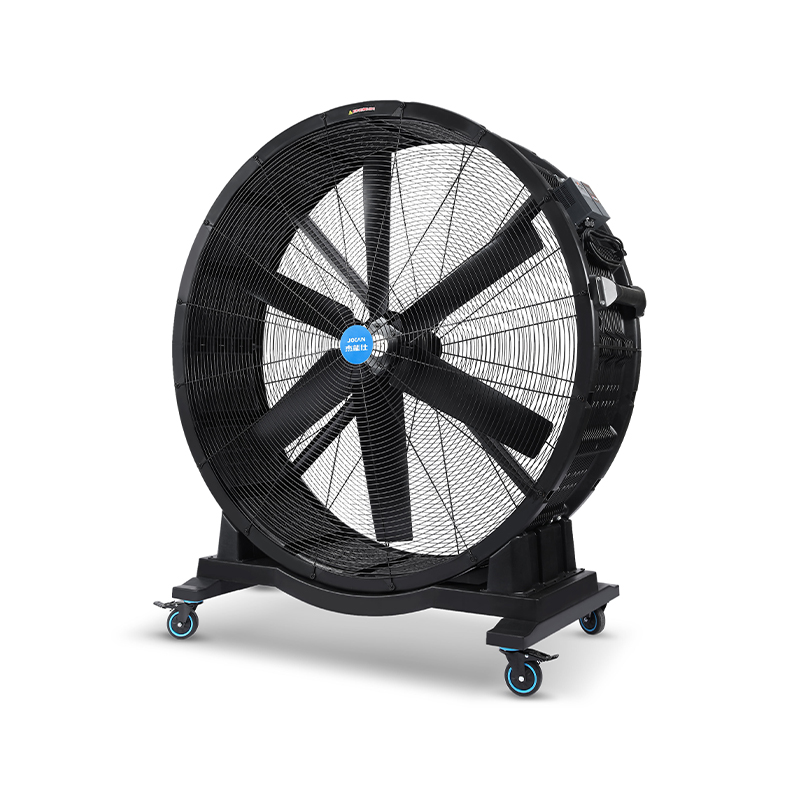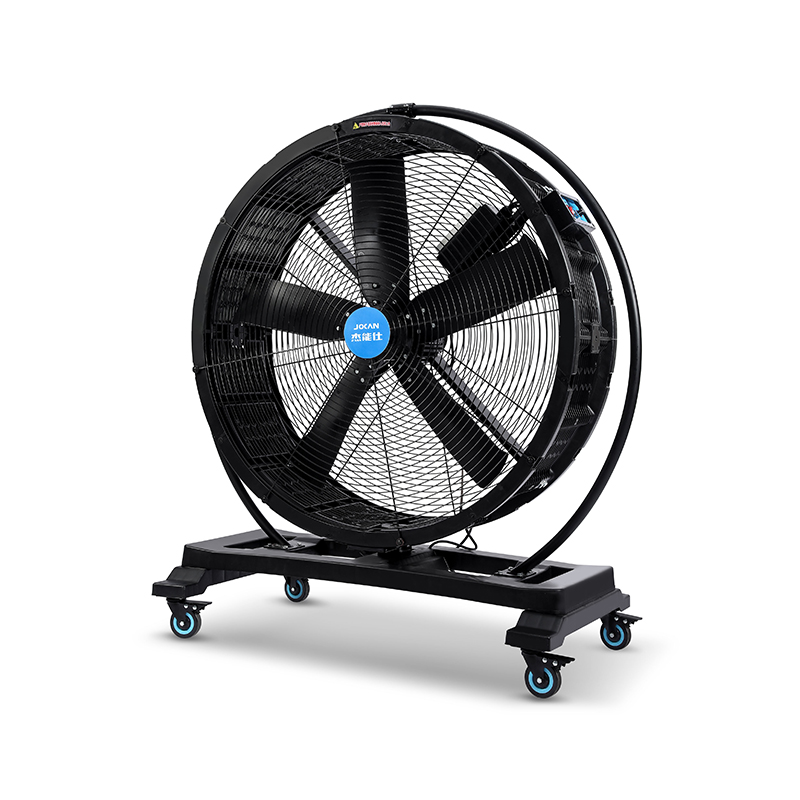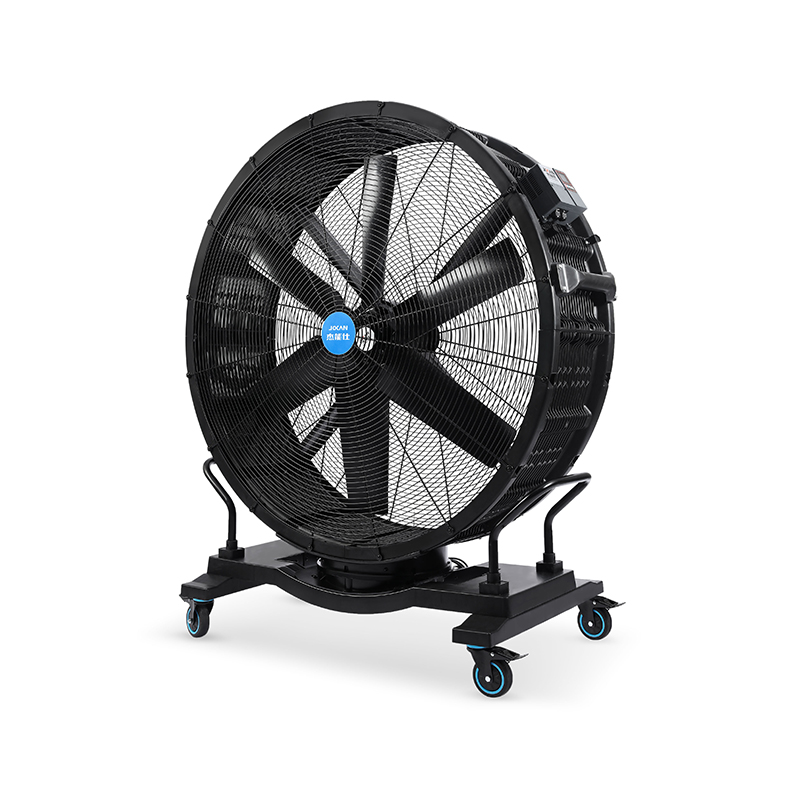Creating healthier and more energy-conscious living spaces has become a growing priority for many households. The combination of an EC fan with a fresh air fan is one practical way to improve ventilation while aligning with smart home technologies. These fans not only support better indoor air circulation but can also integrate with automated systems, offering residents greater control over air quality, comfort, and energy use.
The Role of EC Fans in Modern Ventilation
EC (electronically commutated) fans use brushless DC motors combined with integrated electronics, making them highly adaptable for variable speed control. Unlike traditional fans that may only operate at fixed speeds, EC fans can be adjusted based on the specific needs of a room or household system. This flexibility helps reduce unnecessary energy use and allows for smoother airflow regulation.
When paired with fresh air fans, EC fans enhance indoor ventilation by maintaining a steady exchange between indoor and outdoor air. This combination is particularly valuable in homes where natural ventilation is limited, as it supports cleaner air while offering more precise performance management.
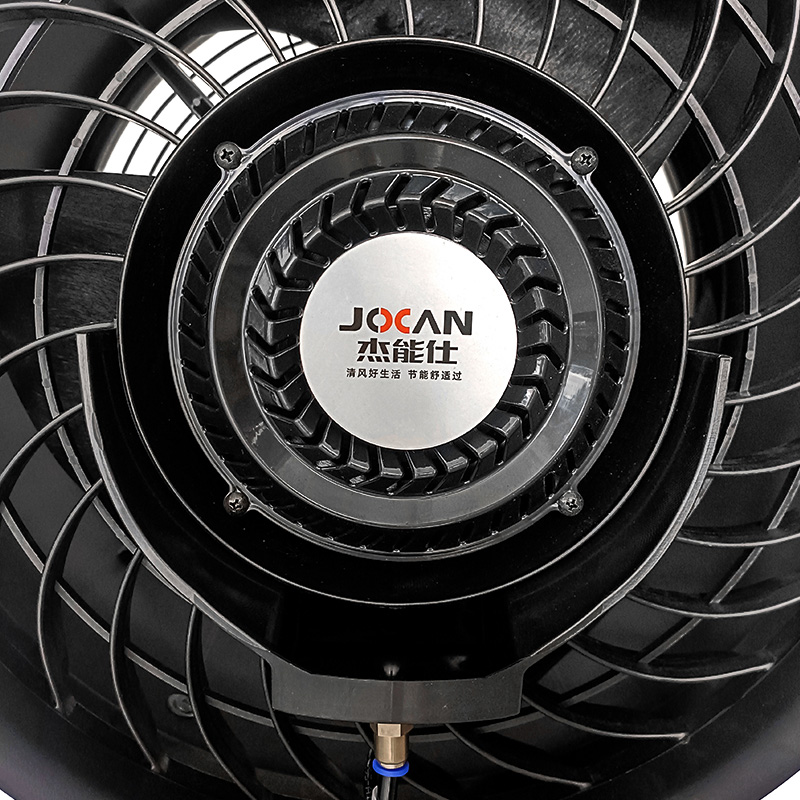
Smart Home Integration Possibilities
One of the growing benefits of EC fan technology is its compatibility with smart home ecosystems. Many EC fans can connect with home automation platforms, enabling homeowners to control fan speed, airflow direction, and operating schedules directly from mobile applications or voice-activated assistants.
Integration can also extend to sensors that monitor indoor air quality. For instance, when a sensor detects elevated levels of carbon dioxide or humidity, the system can automatically adjust the EC fan and fresh air fan to increase air exchange. This automation ensures that indoor air quality is consistently maintained without requiring constant manual adjustments.
Improving Indoor Air Quality with Smart Control
Fresh air fans already serve the important role of introducing clean outdoor air into indoor environments. However, combining them with EC technology and smart sensors makes this process more responsive. For example, in spaces prone to moisture buildup, such as kitchens or laundry areas, automated fan adjustments can help maintain balanced humidity levels.
Likewise, in households with individuals sensitive to allergens or dust, the system can detect and respond quickly to air quality changes, helping to reduce potential triggers. The result is a ventilation system that not only improves air exchange but also adapts to the needs of the household throughout the day.
Energy Management Through Automation
Energy efficiency is often a key consideration for homeowners adopting smart systems. EC fans contribute to lower energy consumption by operating at variable speeds rather than running continuously. With smart home integration, this efficiency is amplified.
For example, during cooler evenings, an automated system may increase fresh air intake while reducing reliance on mechanical cooling. In warmer conditions, fan settings can be adjusted to maintain comfort without overburdening air conditioning units. These small adjustments can accumulate into noticeable energy savings over time.
Practical Considerations for Installation
Integrating EC fans and fresh air fans into a smart home setup requires careful planning. Factors such as the size of the space, layout of existing ventilation systems, and compatibility with automation platforms should be evaluated before installation. In some cases, professional consultation may be useful to ensure the selected fans and control systems are suitable for the specific environment.
Maintenance is another important aspect. Even with advanced automation, fans still need regular filter cleaning, inspections, and occasional adjustments to maintain performance. Building a maintenance schedule into the automation system, such as reminders or usage-based alerts, can further support long-term efficiency.
Enhancing Comfort with Customization
The flexibility of EC fans allows for personalized comfort settings. Homeowners can create different modes for various situations—for instance, a low-speed mode during nighttime for quiet operation, or higher speeds during gatherings when more ventilation is needed. Paired with fresh air fans, these settings help maintain both air quality and comfort in a way that adapts to daily life.
Automation also allows households to take seasonal changes into account. Fresh air flow can be optimized differently in summer and winter, ensuring that the system contributes to consistent comfort while supporting energy efficiency goals year-round.
Moving Toward Smarter Living Spaces
The integration of EC fans and fresh air fans demonstrates how ventilation technology can align with modern expectations of convenience and sustainability. Rather than functioning as standalone devices, these fans become active components of a broader home ecosystem, working together with sensors, controllers, and smart applications.
This approach highlights how small, practical changes in ventilation management can improve indoor environments, balance energy use, and make living spaces more adaptive to the needs of their occupants. As more households look for ways to blend comfort with efficiency, combining EC fans with smart-enabled fresh air fans offers a straightforward path forward.
 Add: Plot 23, Huanglang Industrial Zone, Jinqing Town, Luqiao District, Taizhou City, Zhejiang Province
Add: Plot 23, Huanglang Industrial Zone, Jinqing Town, Luqiao District, Taizhou City, Zhejiang Province
 TEL: +86-13586083215
TEL: +86-13586083215

 English
English English
English عربى
عربى 한국어
한국어


